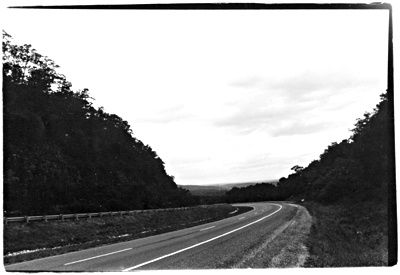All Nonfiction
- Bullying
- Books
- Academic
- Author Interviews
- Celebrity interviews
- College Articles
- College Essays
- Educator of the Year
- Heroes
- Interviews
- Memoir
- Personal Experience
- Sports
- Travel & Culture
All Opinions
- Bullying
- Current Events / Politics
- Discrimination
- Drugs / Alcohol / Smoking
- Entertainment / Celebrities
- Environment
- Love / Relationships
- Movies / Music / TV
- Pop Culture / Trends
- School / College
- Social Issues / Civics
- Spirituality / Religion
- Sports / Hobbies
All Hot Topics
- Bullying
- Community Service
- Environment
- Health
- Letters to the Editor
- Pride & Prejudice
- What Matters
- Back
Summer Guide
- Program Links
- Program Reviews
- Back
College Guide
- College Links
- College Reviews
- College Essays
- College Articles
- Back
Black Footed Ferrets and The Effects of Human Population, Habitat Loss and
The black- footed ferret is one of North America’s most endangered species. They used to be a prosperous species with a population in the tens of thousand, until the time came where they ended up on the brink of extinction, in 1980 with a population of only 18 and were even thought to be extinct. Now thanks to recovery efforts across North America there are now 300 in the wild and in captivity. Although there has been a huge population increase, the fact still remains that the human population, foreign disease and habitat loss was a major cause to the endangerment of the black-footed ferret.
Humanity Causing Trouble
Even though humanity is working hard to help the black-footed ferret regain their population, humanity was still a major cause of their despair. In an article about the black footed ferret it stated, “farmers and ranchers (with government assistance) eliminated many prairie dogs...In the process, the black-footed ferret was nearly wiped out” (National Geographic Society). All of this goes to show that humanity is a cause to the endangerment of the black-footed ferret because there are about 2.1 million farms in North America and if the farmers on every farm were shooting every prairie dog (main food source) burrow that would kill a major amount of the ferret’s population.
Habitat Loss
Due to the farmers in 1980 shooting all the burrows of prairie dogs, the black footed ferrets suffered since they called the burrows home and the prairie dogs are their main food source. In a wildlife preserve article is states “Black-footed ferrets once lived on black-tailed prairie dog colonies... and on white-tailed and Gunnison’s prairie dog colonies...” (Defenders of WildLife). This is significant because the black-footed ferrets were inhabiting the burrows that the farmers shot at and this destroyed their homes, source of food and killed them if they were unlucky enough to be in the burrow during the shootings.
Foreign Disease
Another main cause to the endangerment of the Black footed ferret is foreign disease. In an article about the endangerment of black footed ferrets it states, “Without ample reintroduction sites and protection from plague, full black-footed ferret recovery remains difficult.” (World Wildlife Fund) This is significant because they have a small life span of 1-3 years and if they are unable to reproduce due to the disease the population isn’t going to naturally grow only making their endangerment even more threatening.
The black-footed ferret was once a prosperous species living in the plains of North America, but due to human invasion, habitat loss and foreign disease they were nearly wiped off the face of the Earth. Now thanks to rescue efforts their population has grown from 18 to 300 and even though that might not seem like much if more people contribute to this cause the black-footed ferret will most definitely make a comeback in the wild.
Works Cited
“Basic Facts About Black-Footed Ferrets.” Defenders of Wildlife, 19 Sept. 2016,
Photograph by Joel Sartore, National Geographic Photo Ark. “Black-Footed Ferret.” National Geographic, 10 May 2011,
“Black-Footed Ferret.” WWF, World Wildlife Fund,

Similar Articles
JOIN THE DISCUSSION
This article has 0 comments.

I was inspired to write this article after watching a short video about animals struggling to survivel in the wild. This article was meant to show people the struggles of the world and if they were to help in some way some of the struggles would be reduced.